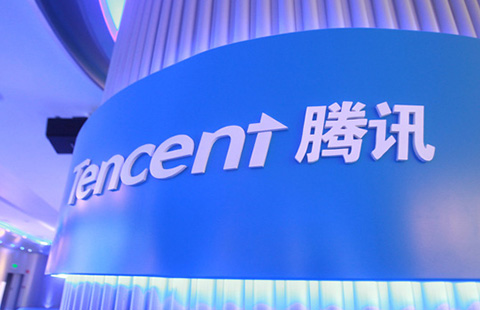Shenzhen OK'd to test freer use of yuan
By Gao Changxin in Shanghai (China Daily) Updated: 2012-07-05 10:02Qianhai Bay zone to carry out series of innovations in financial reforms
Beijing has formally approved a $45 billion test project in the southern city of Shenzhen to allow a freer use of the yuan, underscoring its determination to make the yuan more convertible and used more often internationally.
News began to circulate on June 28 about a "mini-Hong Kong" experiment in Shenzhen's Qianhai Bay development zone after a mainland official visiting Hong Kong discussed the proposal. On Tuesday, the central government granted Shenzhen a formal approval to try out a series of innovations that are deemed essential to the country's financial reforms and the internationalization of the yuan.
The 15-square-kilometer Qianhai Bay zone near Hong Kong deals in six categories of activity, including finance, taxation and telecommunication, and has regulations meant to emulate Hong Kong's administrative regulations.
Beijing has also announced new policies for Hong Kong. Among other things, they will allow the stock exchanges in Shanghai, Shenzhen and Hong Kong to form joint ventures among themselves and allow Hong Kong financial firms to conduct retail business in neighboring Guangdong province, which contains Shenzhen.
Of the rules related to finance, one of the most important will encourage companies in the zone to experiment with making cross-border loans using the yuan.
Financial institutions in the zone will be encouraged to make yuan-denominated loans to overseas companies, and lenders in Hong Kong are being allowed to extend yuan loans to companies in the zone.
The rule further opens the country's capital account to international payments. At the same time, though, capital to be used in a few types of transactions in China will not be allowed to flow across borders, a policy meant to protect the country's fledgling financial market from instability.
The changes complement the renminbi qualified foreign institutional investors program, which was introduced earlier this year to allow Hong Kong fund managers to invest offshore yuan in onshore capital markets.
"After these changes, there will be -- in theory -- no holds barred in offshore and onshore yuan flow," said Wang Jianhui, chief economist with Southwest Securities Co Ltd, an investment bank.
The additional means of having yuan come back onshore could bring new momentum to Hong Kong's development as an offshore yuan center. The pace of yuan transactions slowed this year in Hong Kong as expectations of the currency's appreciation weakened.
In May, the amount of yuan deposits in the city, mainly accrued through yuan-denominated cross-border trade, stood at 554 billion yuan ($87.3 billion), up just 0.2 percent from a month earlier. Before that, the amount had declined for five straight months, from a high of 627 billion yuan set in November.
Offshore one-year non-deliverable forwards, a main gauge of expectations for the yuan's valuation, stood at 6.3980/6.4050 on Wednesday, when the People's Bank of China set the yuan at 6.3121. The figures show the yuan will appreciate against the US dollar by 1 percent in the next 12 months.
Issuances of dim-sum bonds also decelerated as the prospect of a depreciating yuan hurts issuers' enthusiasm. A report by Bank of China International showed that 21.7 billion yuan in dim-sum bonds came out in the first quarter of the year, only a fifth of the 107.9 billion yuan raised through that means in the same period last year.
In fact, another of the eight measures called for by the financial innovations will encourage companies in the zone to issue dim-sum bonds in Hong Kong.
Cross-border loans will come as bargains to companies in the Qianhai zone, as offshore lending rates are lower than onshore rates. The one-year rate for lending in yuan now stands at about 4.5 percent in Hong Kong. That is substantially lower than the central bank's current one-year benchmark of 6.31 percent, despite a 0.25 percentage point reduction being approved on June 8.
- China's stock exchanges to regulate program trading
- BOCOM China wealth climate index slips to 5-year low
- China's low-cost airlines explore more international routes
- China offers massive opportunities for foreign companies: AmCham
- Network firm to get more State support
- Alibaba opens 2nd California data center
- Ferrero creating hundreds of jobs with new plant
- China Resources unit to sell stakes in Wal-Mart



















